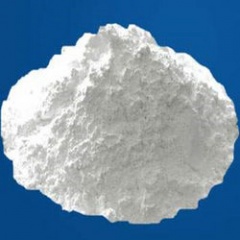Alumina
| Infobox on Alumina | |
|---|---|
| Example of Alumina |  |
| Facts | |
| Origin | - |
| Stowage factor (in m3/t) |
|
| Humidity / moisture | - |
| Ventilation | - |
| Risk factors | - |
Alumina
Description
Alumina is a bauxite having received a certain treatment. It is a dry, hygroscopic matter that is delivered in three different specifications viz.:
- Standard variety
- Mineralized variety
- Variety resembling flour
Application
Production of aluminium, manufacture of abrasives, refractories, ceramics, electrical insulators, catalyst and catalyst supports, paper, spark plugs, crucibles and laboratory wares, adsorbent for gases and water vapors, chromatographic analysis, fluxes, light bulbs, artificial gems, heat-resistant fibres, food additive (dispersing agent).
Shipment/storage
Before loading ensure container resp. compartment is clean and dry.
Alumina is a very dusty cargo and should remain perfectly dry. Other cargo must also be protected against dust damage. Because fine alumina penetrates everywhere and given the possibility of high loading temperature (65-70°C), personal protection is to be maintained, safety glasses, goggles, protective clothing.
Normally loaded into 20ft GP containers in bulk, with an angle of repose between 35 and 40 degrees depending on consistency. It is loaded directly into the bare container and it may be necessary to erect a doorway bulkhead for fine specifications.
Heavy cargo: ensure container is not overloaded.
Risk factors
- Moisture damage
- Contamination/defilement
- Toxic by inhalation of dust
Reference is made to the relevant IMO publications of hazardous cargo.











